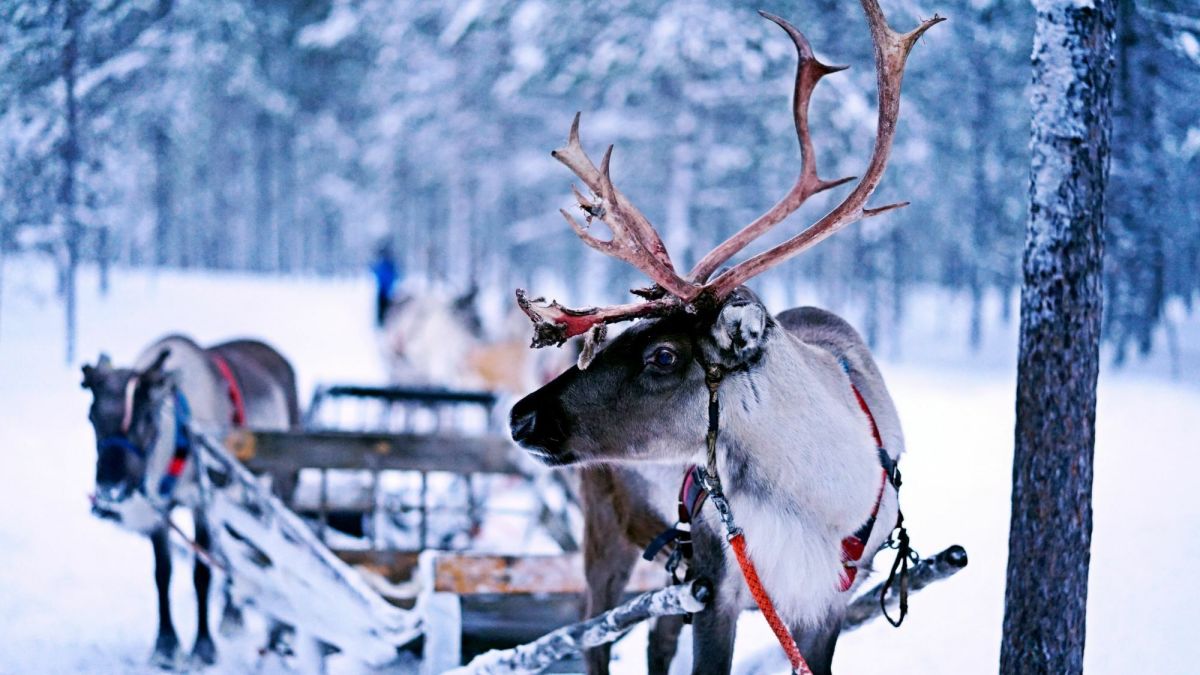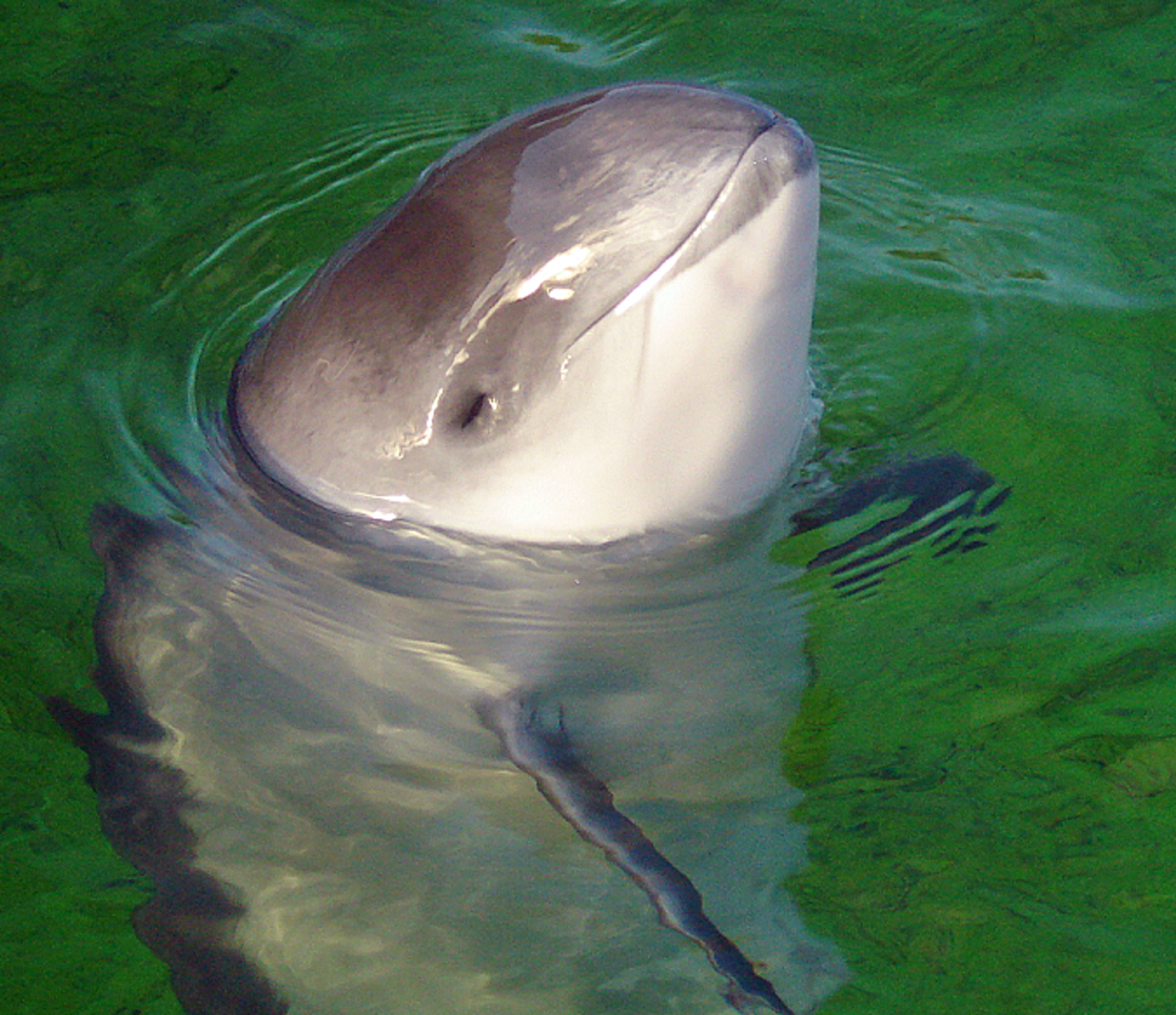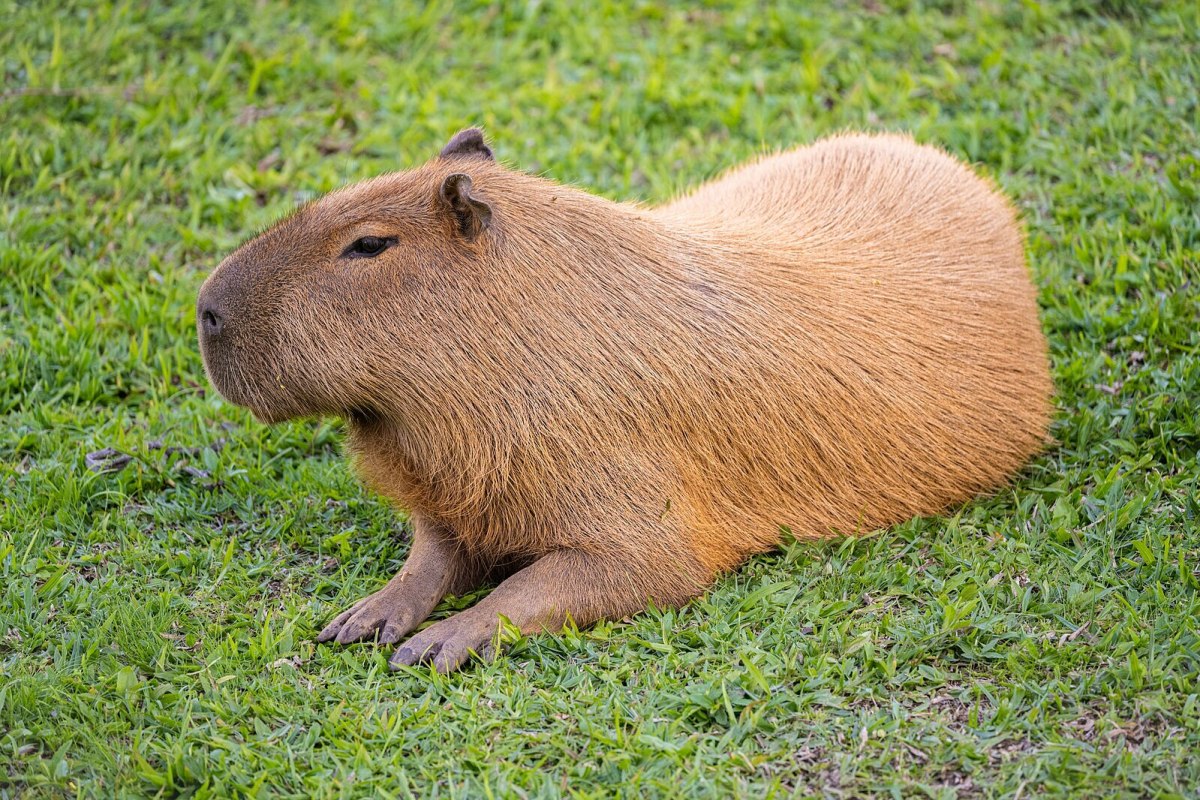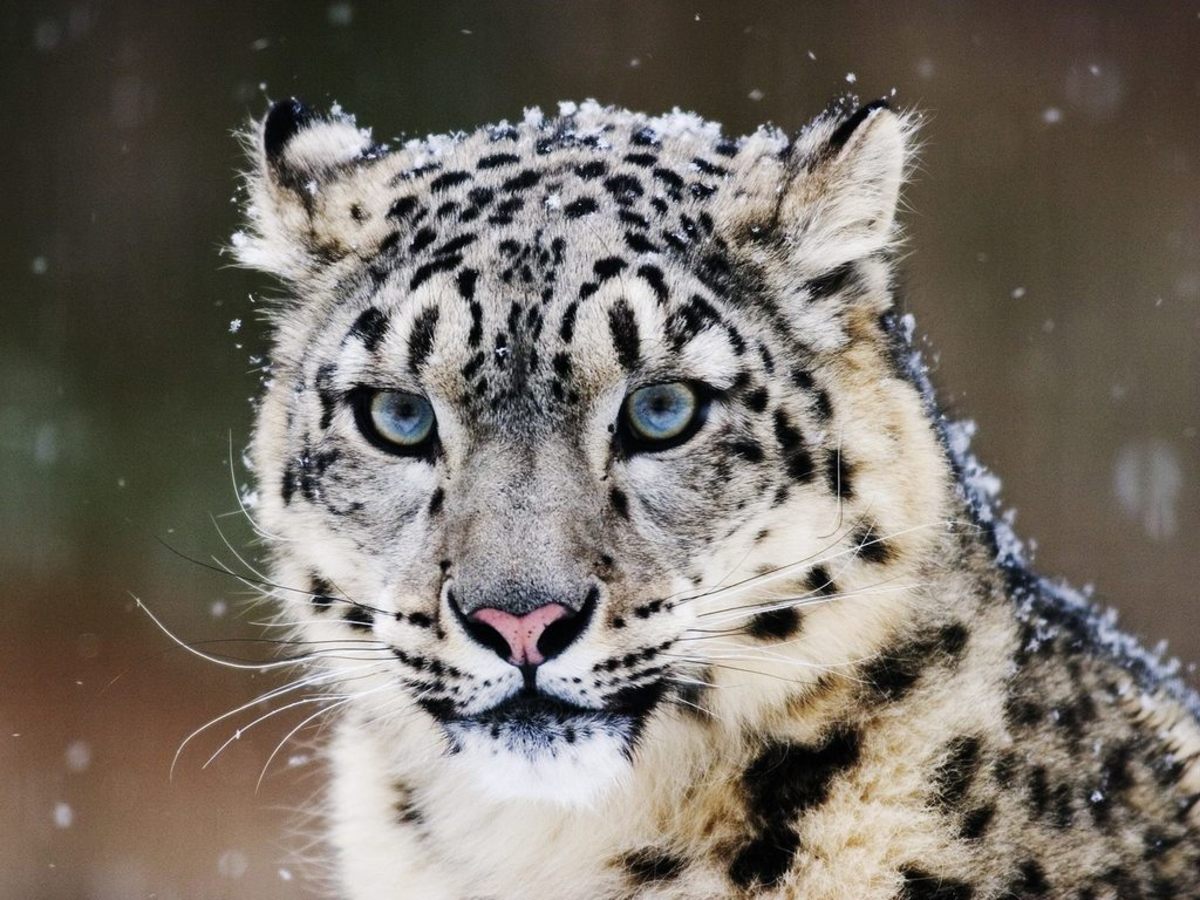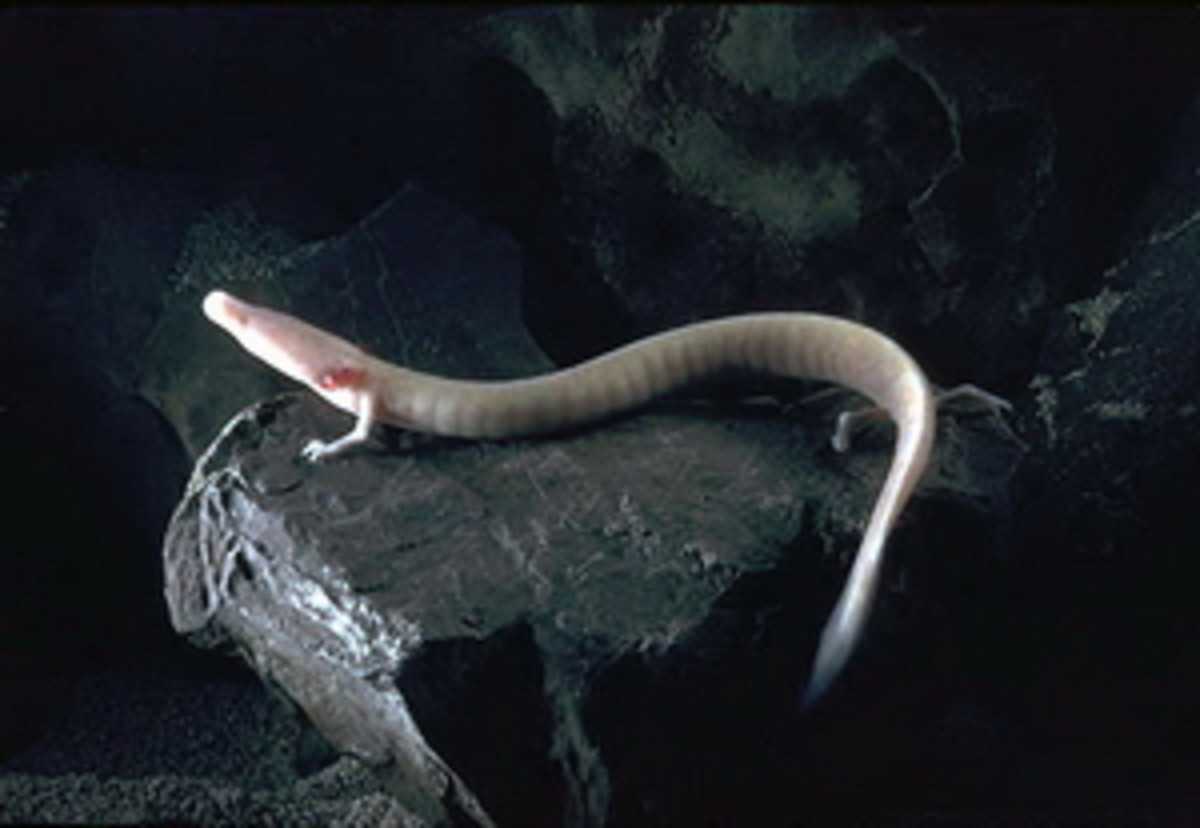- HubPages»
- Education and Science»
- Life Sciences»
- Endangered Species
Enjoy Reindeer
Sort Out Santa's Reindeer

Rudolph & Pals
Sure, you know about Rudolph. And perhaps you can name Dasher and Dancer, Comet and Cupid, Donner and Blitzen, and Prancer and Vixen. But what else do you really know about reindeer? Well, here's all you'll ever need to know to truly appreciate and enjoy these great creatures this holiday season and the rest of the whole year 'round.
A (Semi-)Domesticated Species
The reindeer, or rangifer tarandus (as it is known to those who care about such precise species classifications), has played a significant role in human history, for it is the only species of deer that has ever been even partially tamed by humans. Reindeer are considered semi-domesticated creatures, in that they can be herded, bred in captivity, and trained in some basic draught animal tasks, such as carrying and dragging loads. Specific reindeer living in close contact with their herders may even develop a bond similar to that of a wayward, sometimes affectionate house pet.
Reindeer typically range throughout Arctic and sub-Arctic regions of Greenland and the Americas — where the species is more commonly referred to as caribou — and similar zones of Europe and Asia. But reindeer have also accompanied man as he has populated other regions of the world, with the result that herds have been introduced to areas of Iceland, Scotland, the South Sea and the Falkland Islands. In fact, the former British territories of The South Georgia and South Sandwich Islands, well off the eastern coast of Argentina in the southern Atlantic Ocean, still carry the image of a reindeer on both their national seal and flag.

Dear (Deer) Relatives
At an average weight of about 600 lbs. for males, 300 lbs. for females, reindeer are fair-to-middling on the size scale of deer species. Their smaller relatives include the white-tail, red, Chinese water, mule and sitka deer, as well as the muntjac, dama, deerlet, and the wee pudu (often only one foot tall and 20 lbs. in weight). Larger relatives include the wapiti, elk, and moose (which can reach 7.5 feet tall and 2,000 lbs.) Reindeer that are semi-domesticated tend to be shorter-legged and heavier than those in the wild.
Reindeer are the only deer species in which both males and females carry antlers. These massive and often ornate outgrowths of bone, which may grow up to 5’ x 5’ in size and 40 lbs. in weight, are initially covered in velvet supplying the blood necessary to nurture antler growth. As mating season approaches, with its impending head-butting contests to win mates, the velvet is worn off, and the strengthening male’s neck may expand to twice its previous girth. After mating, males depart to a solitary life, while females and their young form massive herds with an inherited female hierarchy.
A Whole Lot of Reindeer
Presumably millions, perhaps even tens of millions, of reindeer remain across the planet today, though a precise tally is difficult to achieve. About ¾ million animals make up the largest known herd, the George River Herd, in Labrador. Another million or so animals populate a number of herds (including the Porcupine Herd, America’s best-known) throughout Alaska. In that state, reindeer outnumber human residents by a ratio of 3 to 2. In Finland, where reindeer races are frequent and well-attended, more than 5,000 reindeer herds occupy over 1/3rd of that nation’s land area.
Reindeer traverse their frozen world on only 8 toes per animal. They are artiodactylic, meaning even-toed, with just two toes per foot forming a split hoof — though they also have two tiny rear vestigial toes or ‘dew-claws’ on each foot. Reindeer hoof-pads are soft and spongy in warmer months, to allow the animal to bear on squishy boggy summer tundra, but then turn hard and form a sharp cutting edge in colder months, to provide the creature traction on hard snow and ice. As the animals migrate, their flexing hooves and ankles make a distinctive snapping sound, like breaking twigs, which can often be heard for great distances. Reindeer use their hooves to push aside snow cover to find their favorite staple — lichen growing low across the plains. And it’s apparently not only their favorite food; lichen bread is quite popular throughout Scandinavia. The creatures can scent lichens as much as 40” below drifting snow, and thus spend much of their time shuffling and snuffling through the landscape in search of fine grazing. (‘Caribou’ is, in fact, a native term meaning ‘snow-shoveler’.) While lichens constitute much of a reindeer’s diet, they are not above dining on birds’ eggs, lemmings, voles, leaves and grasses, as the opportunities arise.
Not-So-Lone Rangers
The typical migratory path of a reindeer may stretch over 2,000 miles each year, as the animal heads for cooler, breezier coastal plains in summer for food, as well as for relief from clouds of mosquitoes and other predators. In peak swarms, a reindeer may lose up to one quart of blood a week to mosquitoes, and consistent reindeer-killers (in addition to lynxes and avalanches) are the warble and nose bot flies. With expanding populations and increased development in northern lands, coupled with climate change, older migration routes have often become broken by man’s intrusion or been submerged; some reindeer herders now assist their animals’ migration with boatrides and trucking where necessary.
Our Pal, Rudy
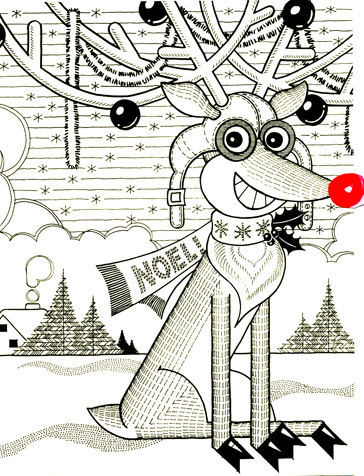
A Very Useful Creature
The history of man’s interaction with reindeer spans more than 300 centuries (or roughly 15 times the age of Christianity), which is why images of reindeer make up a substantial percentage of all prehistoric cave art. Early ancestors of such present-day sub-Arctic native peoples as the Chukchi, Tungus, Sami (or Lapps), Mi’kmaq, Gwich’in, Inupiak, Athabascans, and Inuit relied heavily on reindeer herds for survival on the bleak tundra (treeless plains) and in the stark taiga (evergreen forests) of their frigid world. Still today, reindeer provide natives with transport, labor, meat, milk, cheese and clothing. Boots are sewn from hides, thread fashioned from sinews, needles and fishing hooks from bone and antler. Mattresses are stuffed with animal hair, and several the creatures’ internal organs — once properly cleansed and prepared — become handy containers.
A Physical Marvel
Reindeer have keen sight, hearing and sense of smell. They are fast and agile swimmers and can run very fast (up to 50 mph) across forbidding terrain on spreading snowshoe-like hooves. They can also carry or pull substantial loads. They are well-suited to colder climes, with multiple layers of coarse insulating hair and hairy muzzles. The ‘turbinate’ bones in their long snouts pull excess heat and condensation out of their exhalations, returning it in kind, by pre-heating and moderating incoming chillier air. Their antlers serve as heat radiators throughout the year’s warmest months. This capable and dependable creature has been aiding man for more than 30,000 years; it’s easy to see why it’s a favored choice to pull Santa’s sleigh at holiday time each year.
- Little-Known Santa No. 17
Tired of waiting a whole year for Ol' Saint Nick? Well, just peek round the corner of late spring for the appearance of this dude on a beach dune near you! - All About The North Pole
Our Pal, the Pole. by rlz Perhaps you think of the North Pole (especially as the holidays near) as simply Santa's place of residence. Or maybe, on deeper reflection, you also consider it the true magnetic pole of the Earth. Follow along and learn... - The Polar Bear
If this lumbering creature sometimes seems bow-legged and pigeon-toed, that's because it is.


